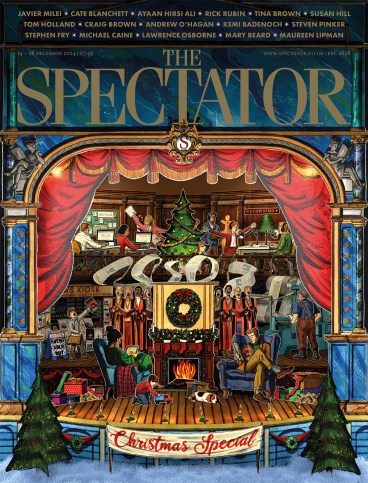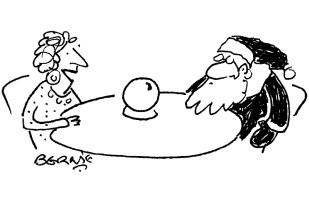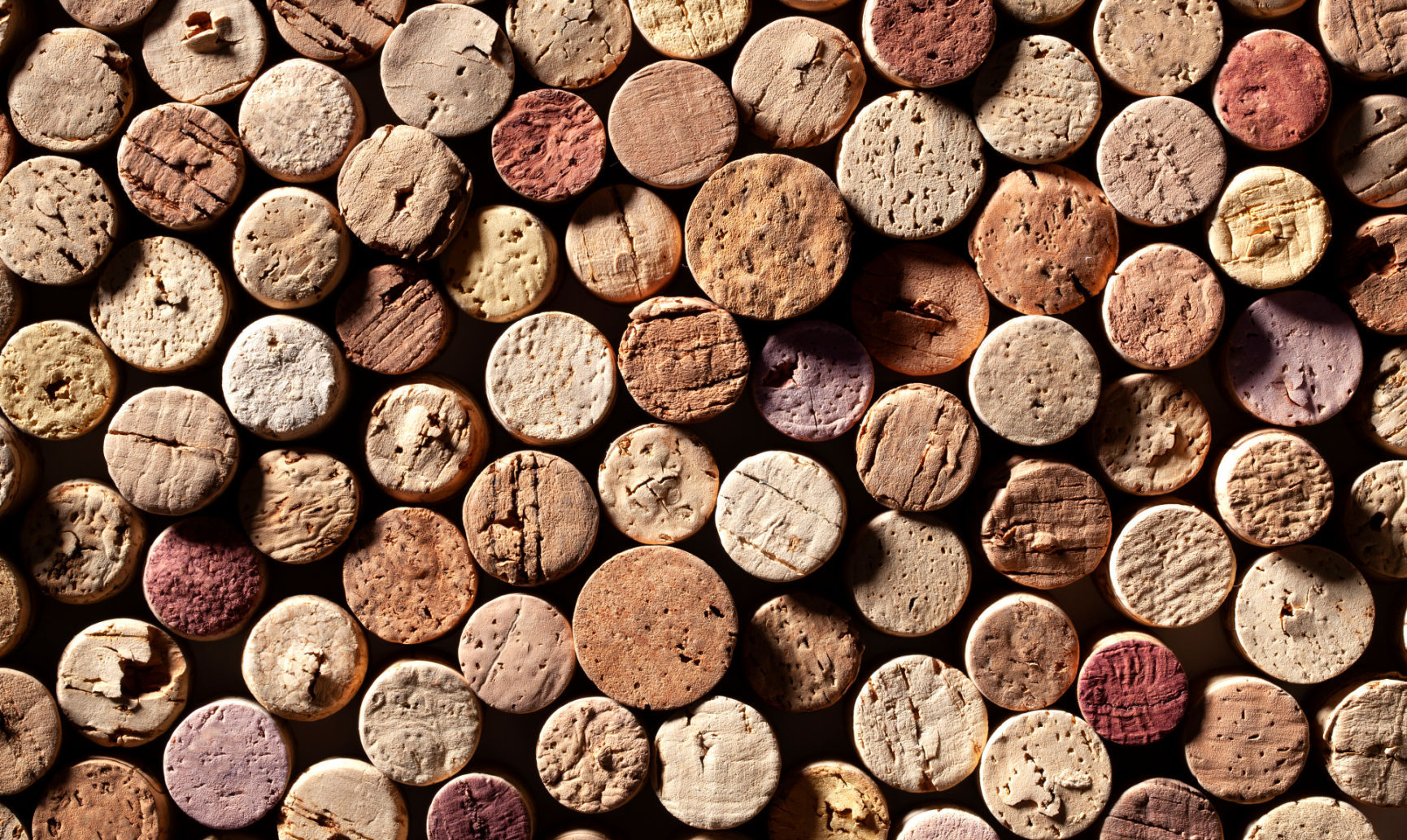
This has been the most fascinating political year I can remember. I have even found myself dreaming about politics – and neither the excitements nor the perils are likely to end any time soon. So it might seem self-indulgent to tear one’s attention away from grog. But we all need distraction, even in the spirit of gaudeamus igitur. Looking back over the year’s drinking, I also decided to summon interesting bottles for a meander through pleasant memories.
My friend keeps his politics in the closet for he is a Californian who voted for Trump. He should be put in charge of the White House cellar
As he has before, a Californian friend came up not just trumps but with the ace of trumps. A propos the Trump suit, my friend is not only secretive about his considerable wine holdings, he also keeps his politics in the closet, for he is a Californian who voted for Donald Trump. Perhaps he should be put in charge of the White Housecellar, if there is one. Anyway, he is devoted to the wines of Armand Rousseau. Currently, he may be the world’s greatest wine-maker. If there is a rival, I would like to take part in a taste-off.
We opened another bottle of the Chambertin Clos de Bèze 2002. In paying homage to its glory, I have long since exhausted all the superlatives I can think of. They remain justified. It is a wine at its peak, and is likely to remain there for at least a decade. This is a superb exemplar of Burgundian civilisation. I have drunk wines which were as good, I think, but not often and not recently. In search of comparisons, I thought of a 1945 Lafite, and the same vintage of Latour: I think the latter was even greater.
Moving beyond claret, I called to mind a 1959 Richebourg and quite a lot of ’67 Yquem, courtesy of Alan Clark. Another first-growth claret makes the list, partly because of the company it kept. David Cameron had just arrived in No. 10, and Michael Spencer congratulated him with a case of Haut-Brion ’82. Pepys thought that Ho Bryan was the best wine he had ever drunk. From the 1660s to the 1980s: quality endures on the banks of the Gironde. The disciple of Rousseau (Armand, that is) thought that we had better see how one of his youngsters was coming along. The 2015 is a huge wine full of fruit but with plenty of structure. Although fascinating to try today, I thought it would need another five years before reaching its peak. Others, with a more American palate and impatient of restraint, thought I was being pernickety. But it is a very serious bottle.
America supplied one of the best wines that I have enjoyed this year. Back in 2000, among the snows of the New Hampshire Primary, I wondered – as many political aficionados have – what black-humoured deity settled on New Hampshire for the first primary in a most hospitable season. It is not as if this small state provides any clear guide to national opinion. New Hampshire used to be a Republican fortress in an otherwise Democratic north-east. But that is no longer true. Its motto is ‘Live free or die’ and it prides itself on having no state taxes. This has attracted the worst sort of immigrants: hypocritical liberals from Massachusetts who are attracted by the tax regime but import their wretched political views with them.
Everyone was running late for public meetings. We heard George Bush proclaim this was ‘retail politics’: damned odd place to set up a retailer, but there it is. The President about to be elected also came out with a memorable Bushism, part of his family’s recurrent conflict with the English language. He spoke of something or other being ‘obsfucated’: you obsfucated that up, Governor. Anyway, with Ralph Nader’s help in obsfucating the Democrats, Dubya made it.
At one stage we sought refuge from the blizzards at Bretton Woods. It was an evocative place, and not only for Keynes. It was easy to imagine Jay Gould and John D. Rockefeller et al with fur coats and enormous cigars, carving up the railroads, steelworks and the rest of American industry, with no benevolent intentions towards the trade unions, and ultimately provoking a counterattack in the form of anti-trust legislation. As we strolled, and interrupting my reverie, there was a hideous modern excrescence in the form of a tinny speaker emitting horrible pop music (if I can be forgiven a tautology: ‘horrible pop’ is surely a clear instance). As no one was looking, apart from my companion, I disregarded her protests and hurled it into a snow drift so it could no longer undermine civilisation.
Then, to lunch and a bottle of Opus One, that Rothschild/Mondavi collaboration. 1996: one knew that it would be far too young, which indeed it was, but I wanted to see whether it would be as good as it was cracked up to be. Answer: a strong affirmative. This year, I had a chance to revisit it. It had matured beautifully. I would rate it as a second growth. Others thought I was being ungenerous. It was even suggested the Opus One was the finest instance of Franco-American partnership since Lafayette. Not that this Brit was inclined to be favourable to Lafayette. He was clearly a romantic figure but should we have mourned if he had failed to escape the guillotine, which was nearly his fate? Anyway, we can be unambiguously enthusiastic about Opus One.

On the subject of youth, I have come across a young man of great promise who might make a major contribution to wine-making. Vignerons are often dynasts, and George McGirr is a forthcoming example. His father Grahame makes wine near Montepulciano, and his bottles are already showing their paces. When I first met Grahame, it rapidly became apparent that his ambitions had no obvious limitations. I described him as the finest Scots wine-maker in Italian history. He would not quite say so – yet – and he is proud of being Scottish, but I think he would welcome the day when there is no word in between ‘finest’ and ‘winemaker’. Grahame McGirr is already making what he would claim is a super-Tuscan and it is indeed good. Sassicaia, Solaia and the others should look to their laurels.
Young George, his son, has been at school in Australia and is one of the finer rowers of his age group as well as being a promising art historian. Art history and Tuscan wine production are naturally complementary. So George might help in the endeavour to make better and better wine in a delightful landscape amid great art. There could be worse fates.








Comments